Literacy is simply defined as the ability to read and write. Literacy is a fundamental human right according to UNESCO. Sounds simple yet this is a very complex issue since being literate means being educated, and with today’s status quo, not everyone is given the chance to go to school and acquire this important skill.
Being literate plays a significant role in an individual’s daily decision making routine from choosing which goods to buy to which television shows to watch. Literacy also boosts a person’s confidence. Being able to read and write makes someone more comfortable to communicate with others and speak up his mind. In addition, literacy enables a person to make good choices and decisions to which good outputs can be expected. With good outputs, not only the individual acquires benefits but also the person’s country. A person who is productive and has the skills to perform jobs will increase the country’s product output and eventually improve its economic condition. Literacy is therefore one of the indicators for economic growth. The United Nations itself gives importance to literacy by including achieving universal primary education as 3rd of their 8 Millennium Development Goals.
Literacy greatly affects the productivity of an individual, his country and more importantly, the world market. A world-class literacy therefore should be a major goal for different governments and organizations to promote productivity and active participation of people. Hence, developing programs and strategies to achieve this world-class skill is a must.
Based on an online article made by ReadingWise Team, there are approximately 10 strategies to achieve world-class literacy according to teachers’ feedback and these include:
10. Trust Teachers to Deliver
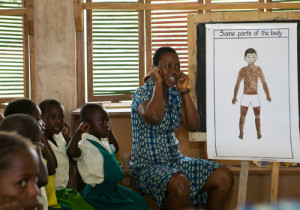
When the subject is about literacy, it is quite impossible not to correlate it with teachers. Teachers are considered to be a child’s second parents and being such, they are expected to be a great contributor in developing a child’s literacy. As early as preschool, foundation for literacy begins which adds to the responsibilities of preschool teachers.
Several studies have been conducted regarding the roles of teachers in promoting children’s literacy and most of the studies identified children’s play as an effective means of fostering literacy. During a play, children are encouraged to express themselves. They also learn while having fun instead of the traditional paper works where they would just sit down and do what they are told. Play enhances a child’s phonemic awareness and will eventually lead to development of a child’s ability to read and write. Of course, these are just merely goals without the effort of teachers. A responsive teacher who is able to adapt to the needs of each student and deliver the best quality education is a key to a world-class literacy.
9. Make Creative Use of Technology

For the past years, technology has greatly influenced the lives of people. Nowadays, even a five-year-old child is knowledgeable of the use of cell phones, laptops and different gadgets. Seeing that the use of technology is a trend, schools are also now open to the idea of utilizing technology for educational purposes.
Children are known to have short attention spans and keeping them attentive is a challenge. The usual classroom setting which includes the typical blackboards and chalks is now upgraded by adding technology as a means of learning. The use of interactive digital games in exploring concepts of colors, shapes and sizes is becoming more common. The typical book reading session has evolved into a colorful animated story-telling where the characters of the story can move and speak. Learning how to read and write is now made easier and more fun through different digital applications. Technology has undeniably brought tremendous changes in the way learning is fostered and after all, learning should be fun.
8. Start Formal Teaching of Reading Later
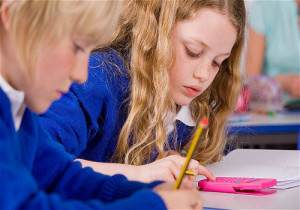
Everything has its perfect timing. Is this also applicable when it comes to learning literacy? Learning is a step by step process and the readiness of a child to learn is one of the relevant factors to be considered to make the acquisition of this skill successful.
When is the right time or proper age for a child to start reading? According to an online blog of Concordia University, there are signs that indicate the reading readiness of children. Observe if a child is showing curiosity about reading materials because this is one of the signs. Other indicators for readiness include when the child enjoys story-telling times and when the child learns to point out words and follow what is being read to him. A child undergoes significant milestones as he grows, but not all children develop the same milestone at the same age. Parents and teachers are encouraged to be more supportive and patient during this transition in learning. Sometimes there are delays in learning but the perseverance to teach a child will eventually lead the child to get there.
7. Encourage Reading for Pleasure
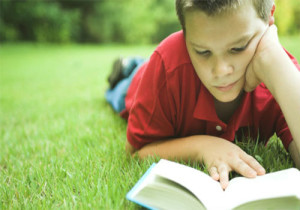
Children nowadays engage in different activities. Guiding them through these activities is essential to keep track on how they spend their time. Some of the things that keep kids busy nowadays include playing games and watching cartoons. Though we do not prohibit them from enjoying such things, engaging them into more productive and educational activities is advised.
Various researches showed that those children who engaged in learning activities during their idle times such as reading for pleasure were able to perform better in school. Being exposed to wide range of books enabled them to broaden their vocabulary and reading abilities. Involving them in interactive reading sessions enhances their confidence in reading and communication skills. Reading for pleasure also helps children to utilize their time efficiently. All of these goals are attained at the highest level when combined with support and guidance from their caretakers. Idle time is now reading time.
6. Effective Early Childhood Development
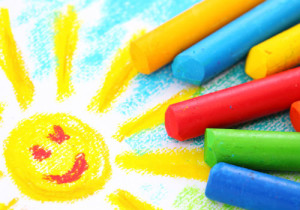
Growth and development is a crucial event in children’s lives. As they go through this stage keeping an eye on their activities is necessary because this is the time where children begin to learn new things. The things that they practice while they’re young could be the hobbies they will engage in when they grow older.
This period is an opportunity for families to engage their children in meaningful activities such as reading. Showing them that reading is an enjoyable activity catches their interest. While they are still young, introducing them to fictional stories about fairies, prince and princesses can catch their attention since children are magical thinkers. Parents and teachers can also incorporate nursery rhymes in their teaching plans where children can enjoy reading and singing at the same time. Who knows? The next singing sensation could be your child.
5. Reading at Home
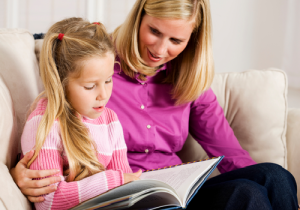
The support that children get at home enables them to develop their maximum potentials. While there are still parents who think formal teaching starts in school, introducing the skill of reading at home is getting common these days.
All family members, if possible, can join children through their reading sessions. This reflects that reading is truly a fun activity that can be enjoyed by everybody. Interactive reading sessions are also educational wherein children don’t only practice the act of reading but also their communication skills. This can be achieved when children are encouraged to portray specific roles while reading story. They master the art of reading and they develop their communication skills when they try to mimic the character in the story they’re reading. More importantly, bonding among family members is promoted through this activity which also contributes to a child’s performance.
4. Tailor Strategies to Fit the Individual Child

Every child is unique and has different special needs. Some children learn easily, some don’t. There are teaching strategies that are effective for some children while for others, those strategies are confusing and needs catching up before they fully understand them.
It is important the guardians are observant to assess the learning needs of their children. Several strategies were already discussed on how to introduce literacy to children. These strategies range from school to home learning and traditional to technological learning. Creativity and generating new strategies in teaching are encouraged to widen the options in choosing effective strategies that fits a child. Collaboration among parents and teachers along with their patience and dedication, is also needed to find which strategies best suit their children.
3. Early Intervention
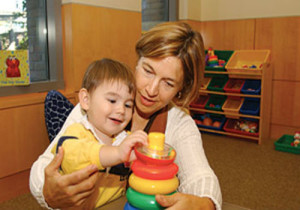
Teaching is the primary responsibility of educators. They need to attend the different learning needs of each child to recognize strengths and weaknesses. In addition, they need to identify students who struggle in learning and must develop plans to help these children.
The speed of learning widely varies. There are children who can learn fast and some needs extra amount of time to catch up. Identifying and supporting these kind of learners is important to gain their trust and cooperation. As early as possible, plans should be made immediately to compromise with the student’s difficulties. Providing extra time, effort and support is necessary to help these children. Through this, teachers can specifically identify the weakness of the child and can therefore endorse the interventions to the child’s parents for the continuity and consistency of the teaching plan.
2. A Specialist for Every Primary School
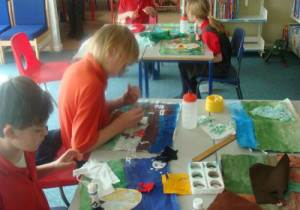
Who could do it better other than the person who specializes in a specific field? Teaching literacy is a common responsibility of teachers especially those who are dealing with preschool children.
The increasing number of students and the worsening shortage of teachers around the globe influence the quality of education given to children. In some countries, teachers are given several subjects and they teach different grade levels. The problem with these, due to full loads; there is a possibility that teachers don’t have enough time to assess their students and are unable to identify those struggling students. Having a teacher who specializes in English literacy or a local literacy adviser can do the intervening. These specialists are knowledgeable on how to deal with children who are having difficulties in learning literacy. Hence, it is easier for them to create individualized teaching plan and do the proper approach for struggling students.
1. Consistently Good Teaching

Practice makes perfect. Research suggests that be repetitively exposing an individual in a certain phenomenon, the more likely that individual is going to master that activity. Same goes in the process of learning literacy.
Having a not yet fully matured brain function, children are unable to accommodate all information given to them. Consistency is essential to familiarize the child in reading activities by exposing him to various reading materials. Good teaching on the other side includes techniques to keep the child motivated in learning. Some of these techniques include the use of educational games and involvement of family members in teaching the child. This makes consistently good teaching indeed a very important strategy to promote world-class literacy.



